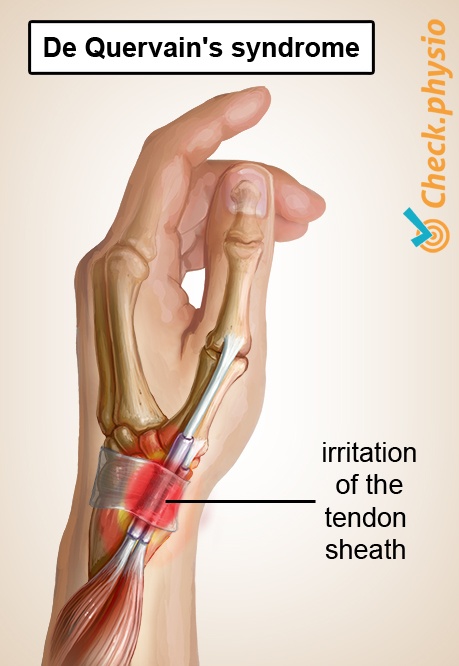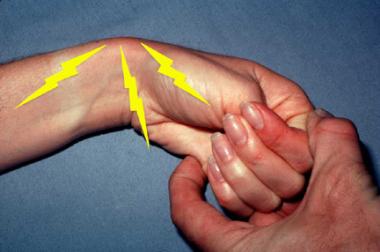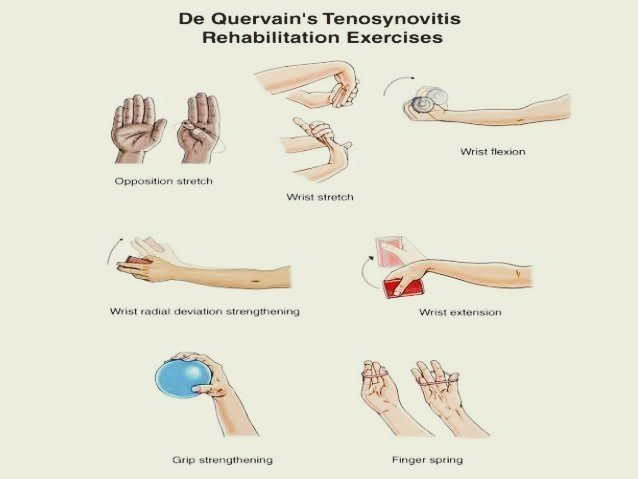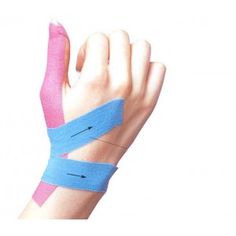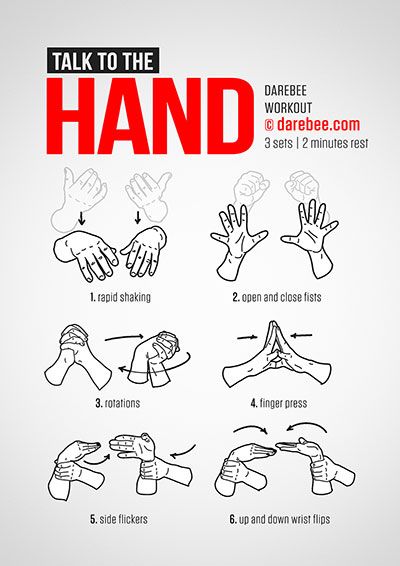De Quervain’s Syndrome
De Quervain’s Syndrome is a painful inflammation of tendons on the side of the wrist at the base of the thumb.
With De Quervain’s syndrome, you may experience pain during activities that require the use of your thumb or wrist, e.g. lifting your baby, holding a tray, turning door knobs, pinching something or turning keys.
Causes & Symptoms –
Exact cause is unknown but, in majority cases repeated hand and thumb motions such as grasping, pinching, squeezing, or wringing may lead to the inflammation.
This inflammation can lead to swelling, which restricts smooth functioning of the tendons. Many factors play a role –
– Over-use (computer, mobile, laptops, I-pads)
– Children (Gaming, writing)
– Housewife (repetitive kitchen/house work)
– Factory workers – Arthritis
– Sports – Injury to the area
– New mothers (lifting baby)
Symptoms may include –
– Pain at outer side of the wrist/base of the thumb
– Spasm / swelling over the thumb side of the wrist
– Tenderness
– Occasional burning sensation in the hand
– Difficulty gripping with the affected side of the hand (reduced strength)
– Pain is worse by movements, and may radiate to the forearm
Physical Therapy Management Goals –
The main focus of physiotherapy is to reduce or eliminate the cause of irritation of the thumb tendons.
– Pain relief : using electrotherapeutic modalities like Ultrasound, IFT/TENS currents, Shock wave Therapy, Hot packs
– Reduce Swelling : using cold compression, electrotherapeutic modalities
– Reduce Tenderness/Soreness : by using soft tissue kneading, manual therapy, kinesiology taping
– Improve Strength : using different techniques for strengthening e.g. resistance/theraband/dumbbell/ball exercises
– Improve Movement : by stretching techniques
– Ergonomic Advice & Advice on use of Braces/Splints
Faster recovery with minimum pain is mostly effective with the use of Shock wave Therapy & also very effective in many chronic cases. The shock wave treatment will bring new blood vessels into the damaged tendons and healing begins to occur thus helps to recover faster.
How to prevent De Quervain’s Syndrome –
• To avoid pressure on your tendons, use proper posture and carrying technique
• Identify and avoid repetitive aggravating activities
• Take frequent breaks during repetitive tasks (stretching)
• If involved in any sports, wear protective guards
If you find similar symptoms, don’t wait! Reach out to us now at- Pooja Physiotherapy & Health Care Center Blk 77 Indus road #01-521S’160077. Call now @ 6384 5452 or Whatsapp @ 8322 3371 or Drop an email at info@physiopooja.com.sg
